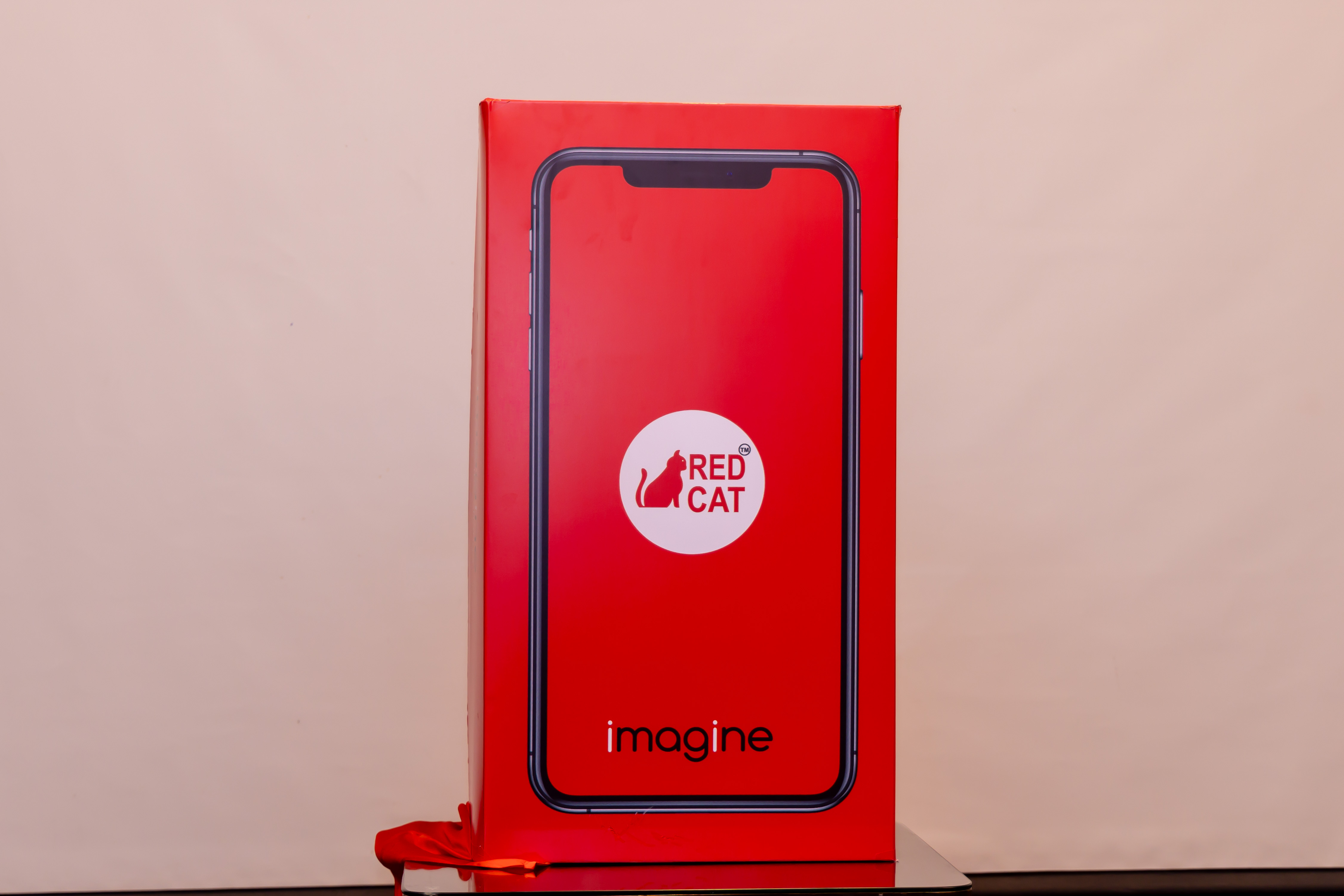Okay, so check this out—I’ve been deep diving into the world of decentralized exchanges (DEXs) lately, and man, the way perpetual futures and margin options shape the trader’s game is wild. I mean, everyone talks about spot trading, right? But once you start messing with leverage, things get… complicated. Really complicated. Seriously, it’s like stepping into a new arena where your gut instincts and cold calculations collide. Something felt off about how many traders overlook the nuances between isolated margin and cross-margin, so I thought, why not unpack this?
Here’s the thing. Perpetual futures contracts aren’t your average derivatives. Unlike traditional futures that expire on a set date, perpetuals just keep rolling. No expiry. This feature alone makes them incredibly attractive—especially for professional traders hunting that sweet spot between risk and reward. But the devil’s in the details, as always.
Initially, I thought perpetual futures were just a fancy way to stay long or short indefinitely. But then I realized the margin system you choose—isolated or cross—can drastically alter your risk profile. On one hand, isolated margin limits your exposure to just the position you’re trading. On the other, cross-margin pools your total account balance to prevent liquidation. Hmm… that led me to wonder: which approach really suits high-liquidity DEXs better?
Honestly, I’m biased, but isolated margin feels like the safer bet for me. Yeah, it’s a double-edged sword—you could get liquidated faster on a single trade since your margin is confined—but you also avoid wiping out your entire portfolio in one bad move. That part bugs me about cross-margin; it’s like putting all your eggs in one basket and hoping the basket doesn’t fall. But then again, cross-margin can work wonders if you have a diversified position strategy and want to maximize capital efficiency.
Whoa! Speaking of which, have you checked out the hyperliquid official site? Their approach to liquidity pools and margin options is pretty slick. They’re really pushing the envelope on what DEXs can offer in terms of low fees and deep liquidity, which is a game-changer for anyone serious about perpetual futures trading. I’ll admit, their UI and risk management tools caught me off guard—in a good way.
Now, here’s where it gets tricky. Perpetual futures often use a funding rate mechanism to keep the contract price tethered to the underlying asset. This means if you’re long, you might be paying shorts—or vice versa—depending on market sentiment. That dynamic can drain your profits fast if you’re not paying attention. On the other hand, it also opens up arbitrage opportunities that savvy traders can exploit. It’s a delicate balance, and honestly, I’m still figuring out the best way to time these funding payments without losing sleep.
One thing I’ve noticed is that DEXs with isolated margin tend to attract traders who are hyper-focused on specific positions, while cross-margin DEXs appeal to folks juggling multiple trades and looking for capital flexibility. But actually, wait—let me rephrase that. It’s not just about trader preference; it’s also about how the platform manages liquidity and risk. For example, isolated margin can strain liquidity if many users get liquidated simultaneously, whereas cross-margin can absorb shocks better but might lead to cascading liquidations if something goes sideways.
It’s a classic trade-off scenario. On one hand, isolated margin offers more control and risk compartmentalization; though actually, cross-margin can be a lifesaver in volatile markets by utilizing your entire portfolio cushion. That said, the increased systemic risk with cross-margin makes me a bit uneasy, especially when markets behave erratically. I guess that’s why some traders prefer hybrid models—using isolated margins for risky bets and cross-margin for hedged positions.
Really? Yep. And speaking of erratic markets, liquidity is king here. Without deep liquidity, your perpetual futures position could suffer slippage, especially on a DEX. That’s why platforms like the one I mentioned earlier (yep, the hyperliquid official site) are focusing heavily on aggregating liquidity and offering ultra-low fees. Traders need to move fast, and fees can eat up profits quicker than you think.

Check this out—liquidity pools that support both isolated and cross-margin positions are becoming the norm on advanced DEXs. This flexibility allows traders to tailor their strategies, switching between risk profiles depending on market conditions. I remember when I first tried juggling both margin types on a single platform; the mental overhead was insane. But now, it’s almost intuitive—well, for me at least.
The Nuances Traders Can’t Ignore
Here’s where I get a little skeptical. While the technology behind perpetual futures and margin options is impressive, the user experience can sometimes fall short. Complex interfaces, unclear liquidation rules, and inconsistent funding rates can trip up even seasoned pros. I’m not 100% sure if all DEXs are keeping up with user education, which is a shame because these tools can empower traders tremendously.
Let me put it this way: if you’re a professional trader, you want platforms that not only provide deep liquidity and low fees but also let you customize your margin settings with precision. That’s why I keep coming back to platforms like the one at the hyperliquid official site. They get it right by offering intuitive toggles between isolated and cross-margin, real-time margin health indicators, and transparent funding rate histories.
My instinct says that as decentralized finance matures, the distinction between margin types will blur further, and we might see hybrid margin systems emerge that blend the best of both worlds. But for now, knowing exactly how each margin system impacts your leverage, liquidation risk, and capital efficiency is very very important. It’s not just about picking a side; it’s about adapting on the fly.
Whoa! I almost forgot to mention the psychological aspect. Managing isolated margin feels less stressful because losses are contained. Cross-margin, on the other hand, can feel like walking a tightrope without a net. I’ve personally blown through cross-margin accounts faster than I can count, mostly because it’s tempting to overleverage when your entire portfolio backs your positions.
So, yeah, trading perpetual futures on a DEX with high liquidity and smart margin options is a bit like riding a bull. You gotta hold on tight, keep your eyes open, and know when to jump off. Platforms like hyperliquid official site are making that ride smoother, but it’s still a wild frontier out there.
Quick FAQs on Perpetual Futures and Margin Types
What’s the main difference between isolated and cross-margin?
Isolated margin limits your risk to the collateral locked for a particular position, whereas cross-margin uses your entire account balance to avoid liquidation, sharing risk across all positions.
Why do perpetual futures have funding rates?
Funding rates help tether the perpetual contract price to the underlying asset by incentivizing longs or shorts to pay each other, preventing the contract from drifting too far from spot price.
How does liquidity impact perpetual futures trading on DEXs?
Higher liquidity reduces slippage and allows large trades without significantly impacting price, essential for executing leveraged positions effectively.





